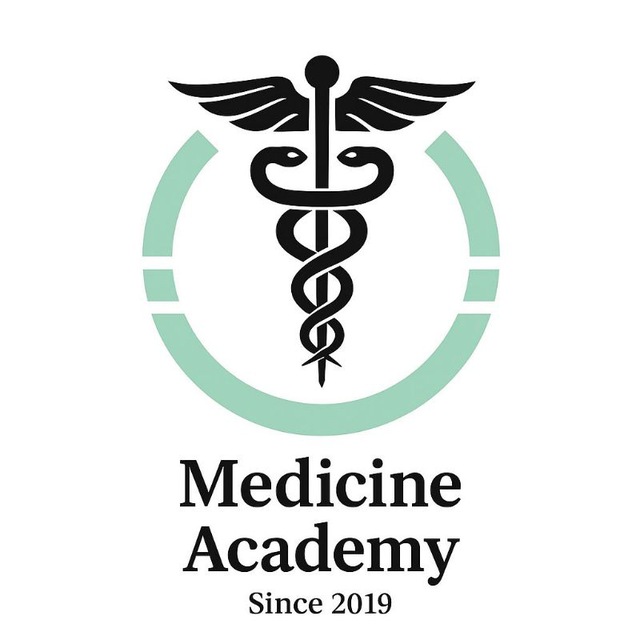USCAP A Colorful Cornucopia of Digestive Tract Pathology 2022

Course Description
The gastrointestinal tract remains one of the most common sources for surgical pathology specimens. As a result, the difficulties and gray areas in this subspecialty are encountered quite often by pathologists each day. The existence of interobserver variability in many gastrointestinal diagnoses compounds this issue. In contrast, the liver and pancreas give rise to a broad spectrum of uncommon disease entities, making it difficult for pathologists who don’t specialize in these organs to gain diagnostic proficiency. Finally, the WHO recently released the newest edition of their Digestive Tract Tumours blue book which contains key updates and subtle changes that may be unfamiliar to many practicing pathologists.
This course will tackle the professional practice gaps that exist in gastrointestinal pathology, focusing on uncommon findings, obfuscated differential diagnoses, new entities and changes to existing entities.
Practicing academic and community pathologists, and pathologists-in-training
Upon completion of this educational activity, learners will be able to:
- Understand proper naming and grading of digestive neuroendocrine neoplasms
- Recognize subtle clues that a microorganism may be contributing to pathologic findings
- Approach pediatric and adult colitis specimens with the proper mindset, criteria and differentials
- Evaluate colon polyps and colorectal carcinoma properly to report findings relevant to treatment and prognosis
- Identify subtle features when evaluating differential diagnoses in medication-induced injury and pancreas neoplasms
Details : 12 Videos , 13 Pdf
Price : $ 100
[WD_Button id=441]




